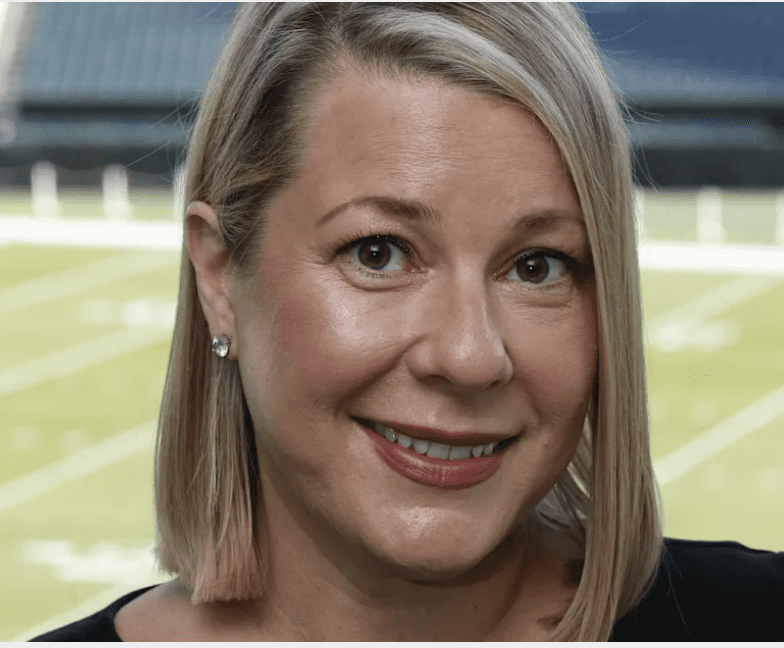RETAIL INDUSTRY practices and the buying habits of the fashion- conscious sometimes seem incompatible. But Pricewaterhouse Coopers L.L.P.’s latest Softgoods Retail Preview study explains why trendsetters who insist on having items first often pay higher prices.
Consumer behavior and attitudes support a “just-in-time” inventory strategy that enables the stylish to stay that way. The fashion forward typically pay the most when stocked items match current trends.
Retailers buy products in predetermined cycles, but no matter how hard they try they may find themselves missing the latest fashion wave. This results in backlogs of unsold inventory that subsequently requires steep discounts to move.
A New Attitude Consumer behavior is changing: Shoppers are making more frequent but smaller purchases rather than buying entire outfits. And the just-in-time philosophy tends to increase shopping-trip frequency as consumers seek discounts on different items each time they shop.
A lack of synchronization of the retail supply side and consumer buying cycle tends to make customers less loyal and lucrative to specific retailers, with stores competing on price to lure patrons, according to Pricewaterhouse. These shoppers encourage stores to offer discounts on a variety of products year-round.
Shopping for clothes is recreation for about 50% of consumers, while 33% wish they had more time to browse. One out of two say they enjoy reading advertisements from favorite retailers.
Products are increasingly being marketed in more specifically defined and smaller categories, such as “youth clothing.” The popularity of off-price specialty stores, shops outside of malls and upscale department stores also appears to be growing.
Most consumers say a marked-down price is the No. 1 factor in making an apparel purchase.
The most important reason cited in the Pricewaterhouse study for not buying at a particular store is looking for the same item at a lower cost elsewhere.
 Network
Network

